circuit breaker test
A circuit breaker test involves testing the performance of circuit breakers to ensure that they function correctly when needed. Circuit breakers are protective devices in electrical systems that automatically disconnect the circuit when a fault (such as an overload, short circuit, or other electrical fault) occurs. They help protect both the system and connected equipment from damage.
-
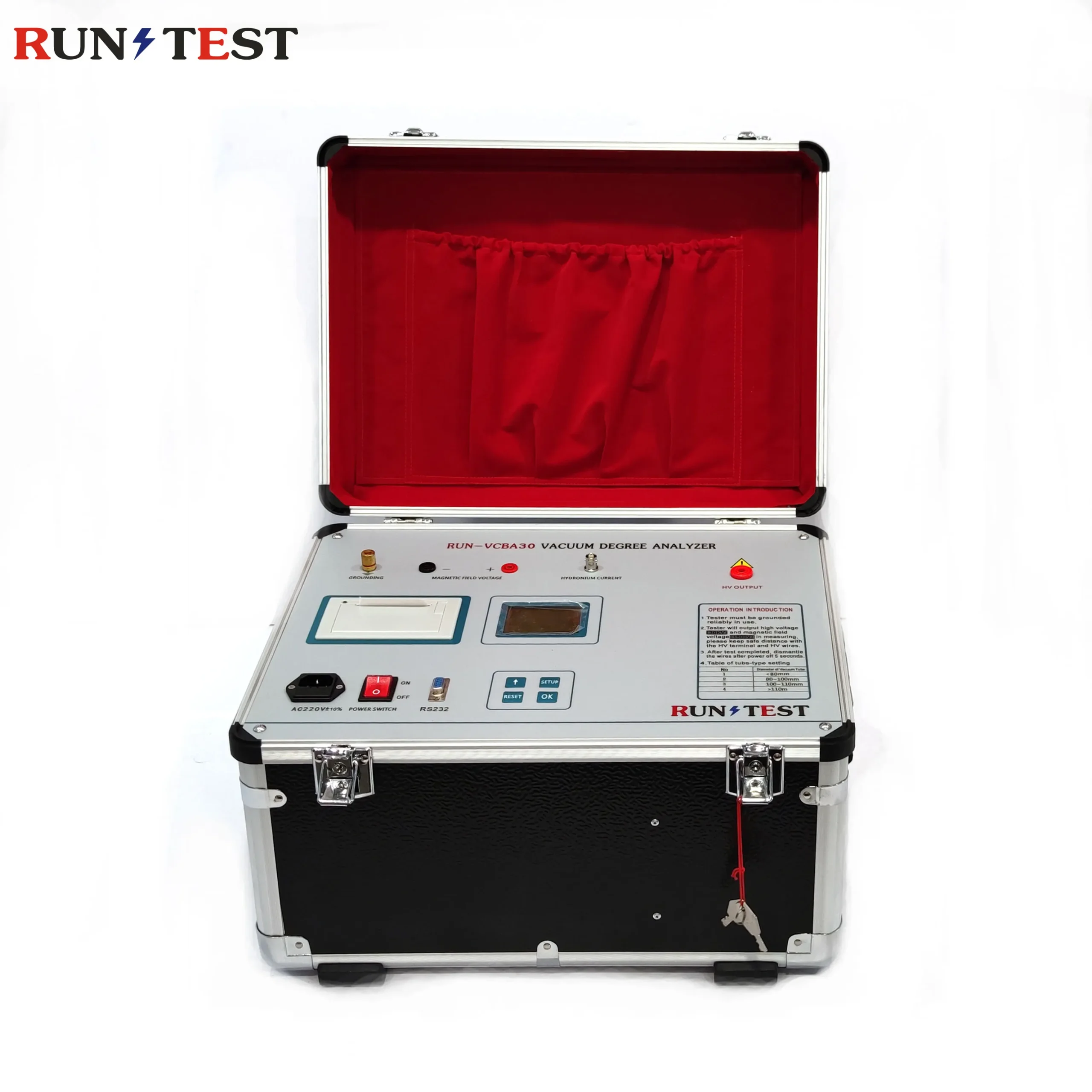
Kit de teste de vacuidade de interrutor Testador de interrutor a vácuo Equipamento de teste de grau de vácuo Vcb
-
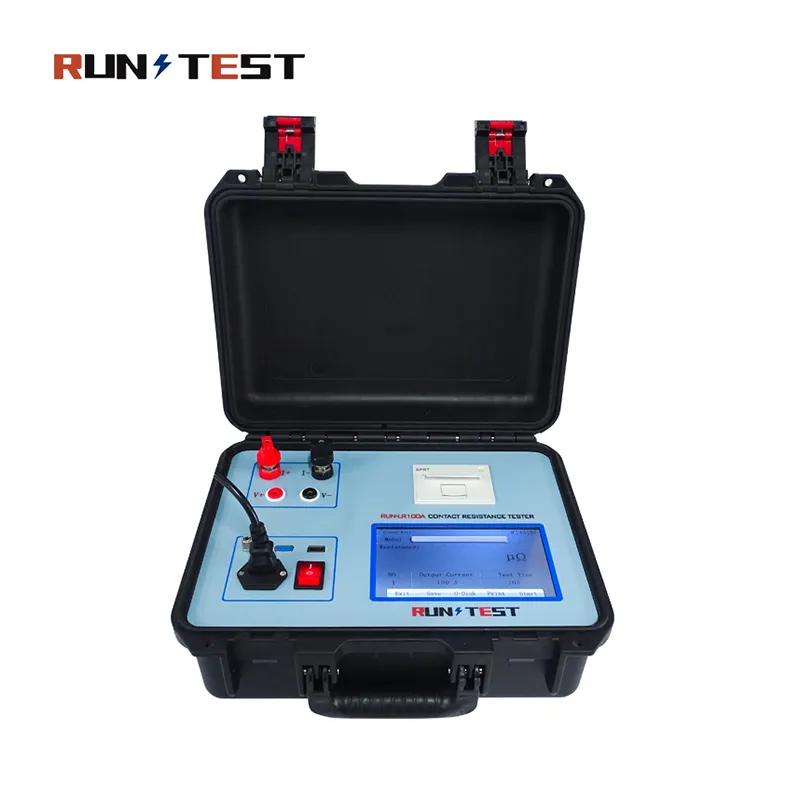
Micro-Ohm Meter Digital 100A Contact Loop Resistance Tester
-
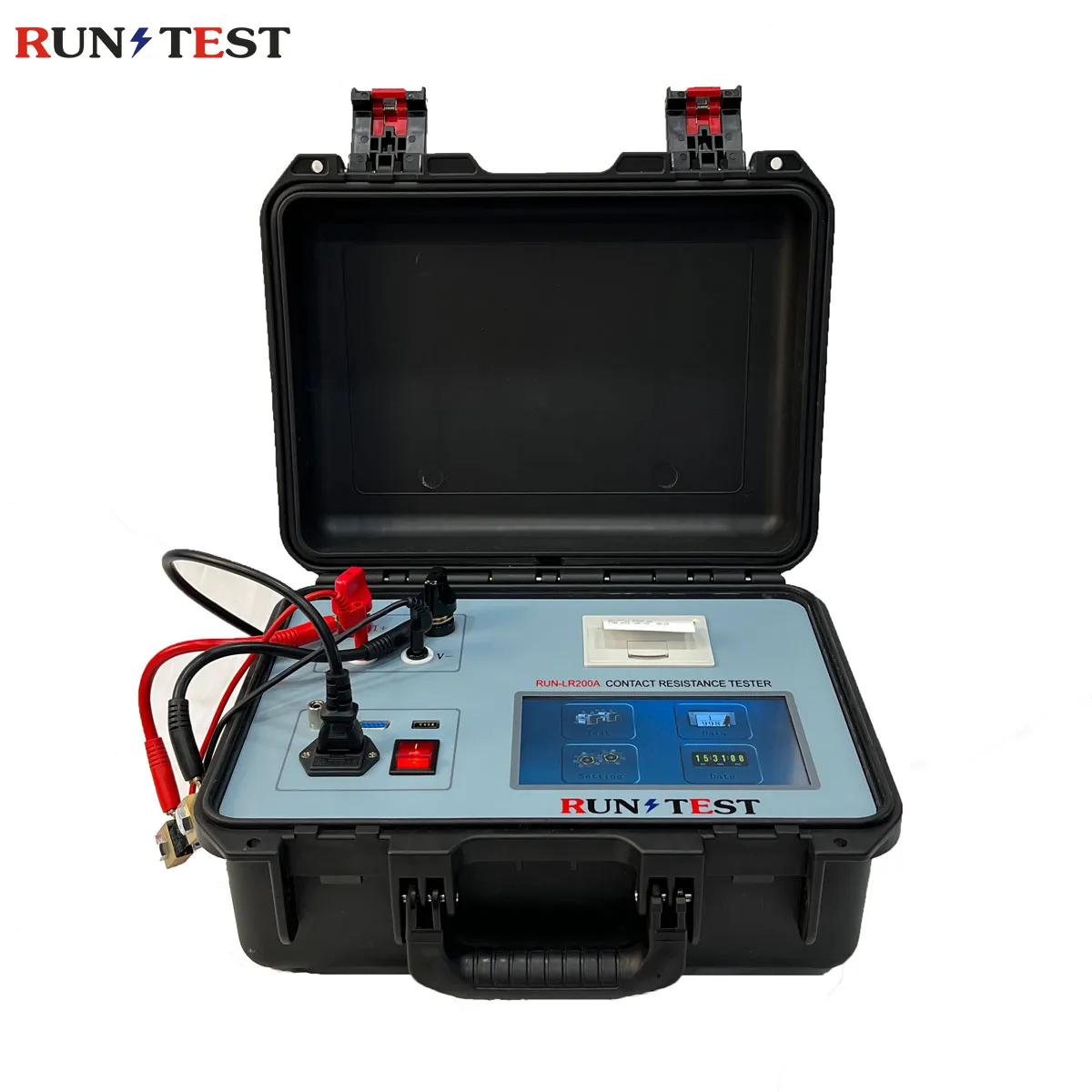
200A High Voltage Switch Tester Loop Resistance Tester
-
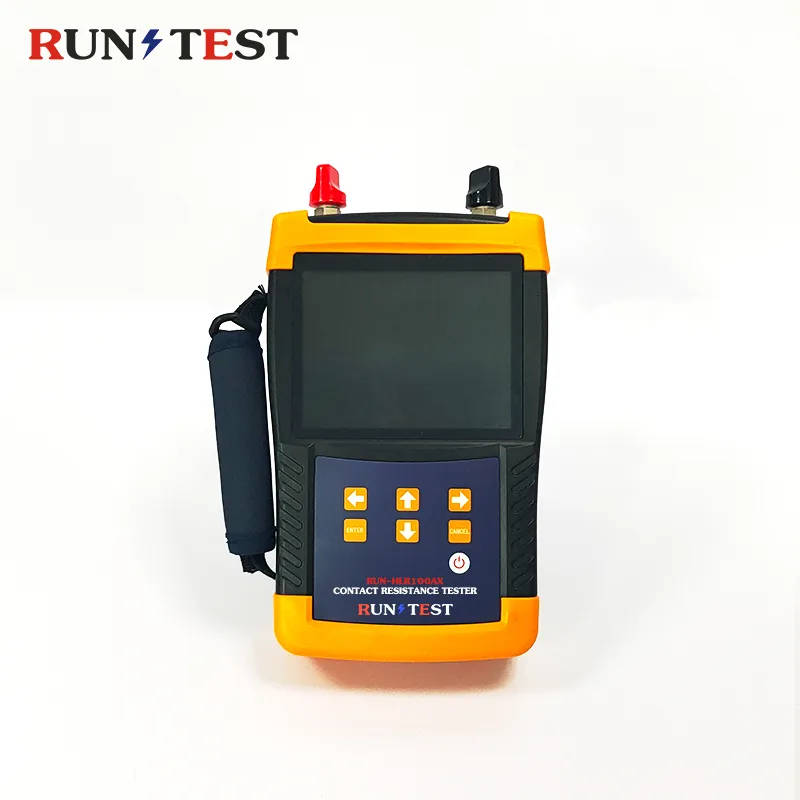
Portable Switchgear Contact Loop Resistance Tester 100A
-
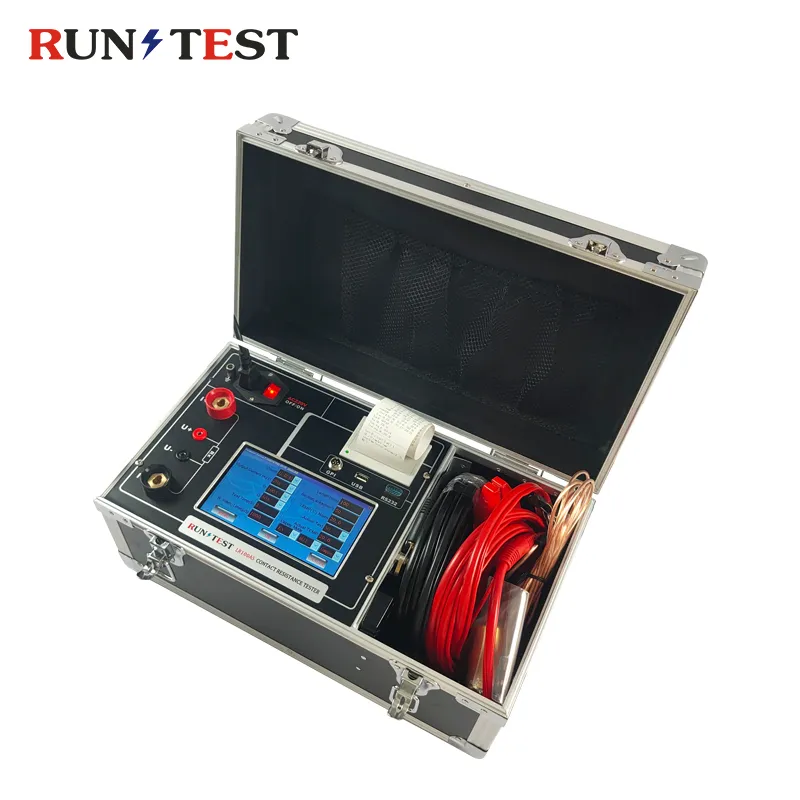
Medidor de resistência de contacto 100A Testador de resistência de loop de interrutor
-
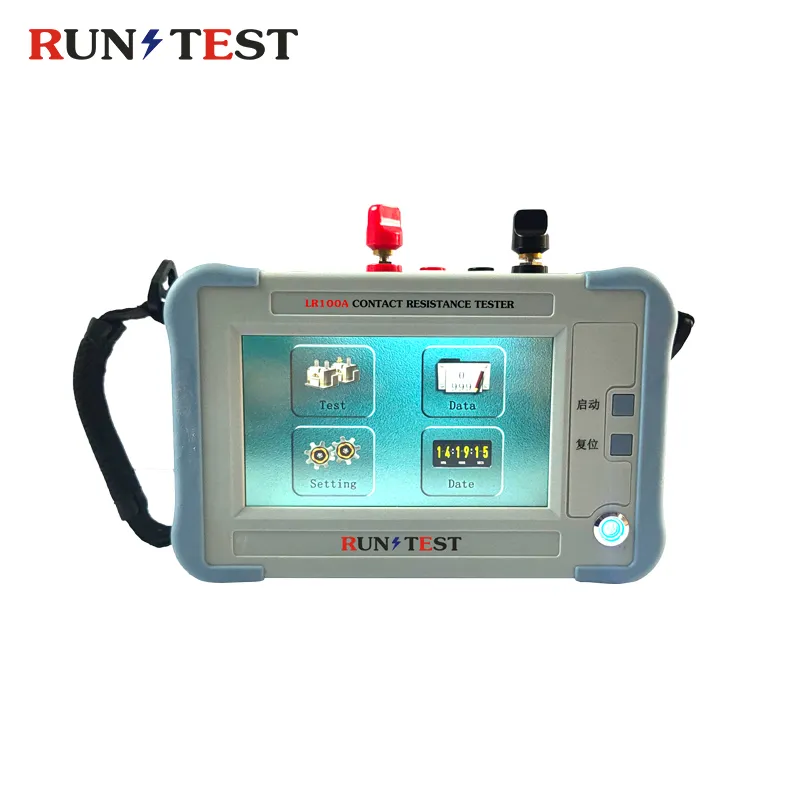
Aparelho portátil de teste de resistência de contacto 100A
-

Testador de resistência de laço de contacto de disjuntor 100A
-
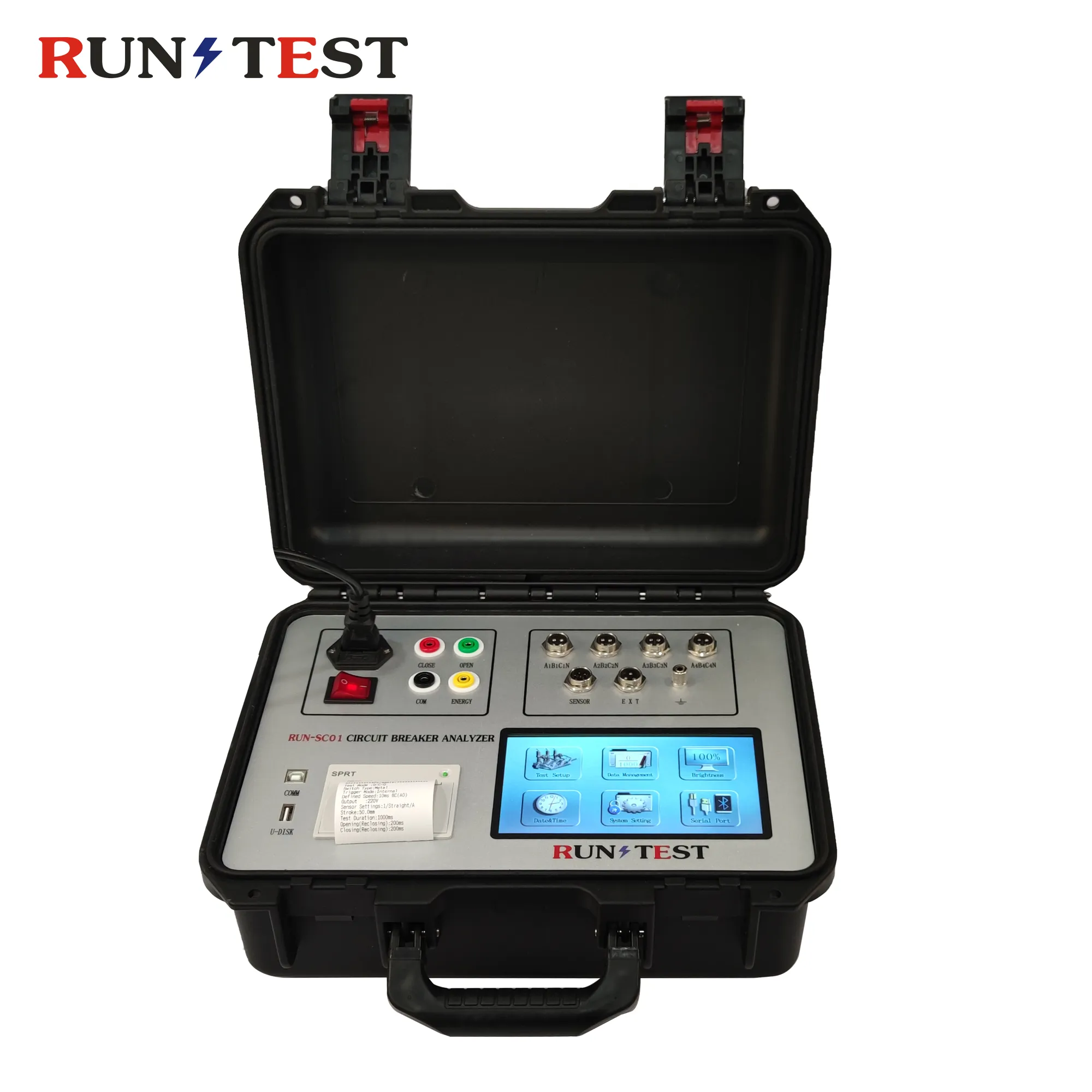
Caraterística dinâmica do disjuntor de interrutor de alta tensão Analisador dinâmico do disjuntor
-

Analisador de caraterísticas dinâmicas de interrutor de alta tensão 20A
Testing circuit breakers is crucial to ensuring they perform properly, trip at the correct fault levels, and do not malfunction during fault conditions. Regular testing is often required during commissioning, routine maintenance, or fault investigations.
Types of Circuit Breaker Tests:
- Operational Test:
Purpose: Verifies the mechanical operation of the circuit breaker.
What’s Tested: Opening and closing times of the breaker, the condition of the mechanism (springs, motors), and the ability to trip when required.
How It's Done: The breaker is manually or automatically operated a number of times to check its mechanical response. The time taken for the breaker to close and open is measured, and whether it responds correctly to control signals.
- Trip Timing Test:
Purpose: Ensures the breaker trips within the correct time when a fault occurs.
What’s Tested: The tripping characteristics of the circuit breaker under various fault conditions, such as overload or short-circuit scenarios.
How It's Done: A test current (higher than the breaker’s normal operating current but below its trip threshold) is injected, and the time taken for the breaker to trip is measured. The test ensures that the breaker responds within the specified time and that it meets the protection requirements.
- Contact Resistance Test:
Purpose: Checks the condition of the circuit breaker’s contacts.
What’s Tested: The resistance across the breaker’s contacts when it’s closed. High resistance may indicate contact wear, contamination, or other issues.
How It's Done: A small current is passed through the closed breaker, and the voltage drop across the contacts is measured. Using Ohm’s law, the contact resistance is calculated. The contact resistance should typically be low (less than a few milliohms).
Why Circuit Breaker Testing is Important:
- Safety:Ensures the breaker will operate correctly in the event of a fault, protecting both personnel and equipment.
- Reliability: Regular testing helps identify potential issues before they result in failures, reducing downtime.
- Compliance: Many industries require periodic testing of circuit breakers to meet regulatory and safety standards.
- Preventive Maintenance: Early detection of problems such as wear, corrosion, or misalignment can prevent catastrophic failures in the future.
By regularly testing circuit breakers, you ensure that the system is properly protected and minimize the risk of damage or failure due to faulty breakers.
